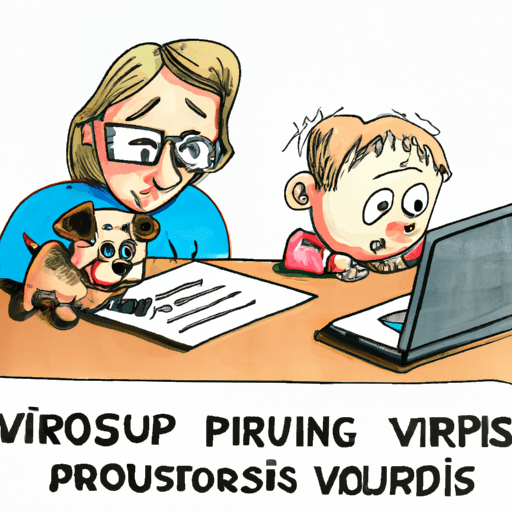“`markdown
Parvo: How Do Dogs Get It?
As a caregiver, knowing the ins and outs of the diseases that dogs can contract is critical. One such disease is canine parvovirus, often simply called parvo. This guide will delve into the details of how dogs get parvo, what the disease entails, and how to prevent it.
H2: What is Parvo?
Parvo is a highly contagious viral disease that affects dogs, particularly puppies aged six weeks to six months. It is caused by the canine parvovirus. This virus is notorious for its rapid spread and high fatality rate if left untreated. It targets a dog’s intestinal tract and white blood cells, leading to severe gastrointestinal distress.
H2: How Do Dogs Contract Parvo?
The primary route of transmission for parvo is through direct contact with an infected dog, or indirectly, by the fecal-oral route. Here’s a closer look at how dogs get parvo:
- Direct Contact: If your dog comes into direct contact with an infected dog, they can contract the virus.
- Fecal-Oral Route: Parvovirus is shed in the feces of infected dogs. If your dog sniffs, licks, or consumes infected feces, they can contract the virus.
Additionally, the virus can survive on surfaces for many months and is resistant to many common cleaners and disinfectants. Thus, dogs can also contract parvo by:
- Coming into contact with contaminated surfaces, such as shoes, clothes, and floors.
- Eating from contaminated food and water dishes.
- Exposure to contaminated environments, such as dog parks, kennels, and pet stores.
| Routes of Transmission | Examples |
|---|---|
| Direct Contact | Contact with an infected dog |
| Fecal-Oral Route | Sniffing or consuming feces |
| Contaminated Surfaces | Shoes, clothes, dishes, etc. |
| Contaminated Environments | Dog parks, kennels, pet stores |
H2: Symptoms of Parvo
It’s crucial to recognize the symptoms of parvo early to increase your dog’s chances of survival. Common symptoms include:
- Severe, bloody diarrhea
- Vomiting
- Loss of appetite
- Lethargy
- Fever
- Dehydration
H2: Prevention of Parvo
The best defense against parvo is prevention. Here’s how you can protect your canine companion from this deadly virus:
- Vaccination: Vaccinate your puppy against parvo at six, nine, and twelve weeks, then annually.
- Isolation: Keep puppies isolated from other dogs until they’ve received all of their vaccinations.
- Hygiene: Clean and disinfect your home regularly, especially if you’ve had a parvo outbreak.
- Health Checks: Regular vet checks can catch early signs of parvo and other diseases.
H2: FAQ
Q: Can older dogs get parvo?
A: Yes, while puppies are more susceptible, unvaccinated dogs of any age can contract parvo.
Q: Can humans get parvo from dogs?
A: No, the canine parvovirus cannot infect humans.
Q: How long does parvo last in the environment?
A: The parvovirus can survive in the environment for over a year in the right conditions.
Q: Can a vaccinated dog get parvo?
A: Although rare, it’s possible for a vaccinated dog to contract parvo. Vaccination greatly reduces the risk but doesn’t eliminate it entirely.
Q: How is parvo treated?
A: Parvo is treated with aggressive supportive care, including fluids, anti-nausea medications, and antibiotics to fight secondary infections.
“`



